Data Introduction
Running Power

Power is the rate of the effort used in running. Running uses more power than walking if the distance remains the same because the duration is shorter and speed increased. Power calculation is related to weight, speed and other metrics. Running uphill with the same pace requires more power than running flat. Power data can help evaluate real-time workout intensity. Running power is a great tool to measure your training in addition to heart rate and other metrics.

Running Power Analysis
There will be multi-directional movements during running. Power will be used in horizontal, vertical and lateral movements. The total of the power from three directions will add up to 100%.
 Horizontal power
Horizontal power
Horizontal power percentage indicates the amount of power moving your body forward and is the most critical factor. When run efficiency is maintained around 100, the horizontal power percentage can go up to 80% on elite runners and 70% on advanced runners. However, if the horizontal power percentage is high while run efficiency decreases, this is most likely due to constant forward and backward motion like braking and stopping.
 Vertical power
Vertical power
Vertical power percentage indicates the amount of power moving your body up and down. More power will be wasted vertically if vertical power percentage increases. Lower body muscle strength has a strong impact on this reading. Recreational runners may see a reading around 30% while pro runners can get as low as 20%.
 Lateral power
Lateral power
Lateral power percentage indicates the amount of power moving your body left and right. More power will be wasted laterally if lateral power percentage increases. This reading averages at 5% and should be the lowest among the three directional power percentages. Runners with strong core muscles and stable running form can maintain this reading under 3%. Core muscle strength and torso stability have a strong impact on this reading.
Run Efficiency

Run efficiency implies running at the most efficient manner and wasting the least amount of energy. It is the ratio of speed to power-to-weight ratio and is an important factor to measure your running economy. Run efficiency and speed is similar to a trajectory relationship. The run efficiency will gradually increase as the runner picks up speed. When muscles are getting tired and can no longer withstand the vertical impact from high speed, the run efficiency will decline. The run efficiency and speed graph moves upwards after training for a while indicating improved running economy.

According to the data of existing users' running efficiency, we divide the running efficiency into three sections and count the time and percentage ratio of each efficiency interval of each movement.
![]() zone 1 <90
zone 1 <90
![]() zone 2 90-110
zone 2 90-110
![]() zone 3 >110
zone 3 >110
Cadence
Cadence is the number of steps a runner takes per minute. It can vary a lot based on your running form and habits. Working on the cadence will benefit runners of all abilities.
![]() >185 Top
>185 Top
![]() 175-185 High
175-185 High
![]() 165-175 Medium
165-175 Medium
![]() 155-165 Average
155-165 Average
![]() <155 Low
<155 Low
Stride Length
Stride length measures the distance from heel to heel when you take two steps. It is an important factor to evaluate running form and techniques. On average, an adult’s stride length is 65 cm / 2.13 ft during walking and between 90-150 cm / 2.95-4.92 ft when running. Many runners overstride believing this will increase the speed. However, this will increase the risk of injury on muscles and knees. It is critical to find the stride length that suits you the best for training and races with the help of advanced running metrics from the COROS POD.
Ground Time
Ground time measures the amount of time each of your feet are in contact with the ground. Advanced runners tend to have shorter ground time. Elite runners’ ground time can be as low as 180ms.

![]() < 210ms Excellent
< 210ms Excellent
![]() 210-240ms Better
210-240ms Better
![]() 240-270ms Good
240-270ms Good
![]() 270-300ms Average
270-300ms Average
![]() >300ms Poor
>300ms Poor
L/R balance
L/R balance measures the percentage of ground time spent on each foot. Track running and trail running may cause the reading to drift away from the desired green zone. If the reading exceeds 55, the risk of injury may increase.
![]() > L 51.5 Left foot with overly
longer time
> L 51.5 Left foot with overly
longer time
![]() L50.6 - L51.5 Left foot with slightly longer time
L50.6 - L51.5 Left foot with slightly longer time
![]() L 50.5 - R 50.5 Left/right foot balance
L 50.5 - R 50.5 Left/right foot balance
![]() R 50.6 - R 51.5 Right foot with slightly longer time
R 50.6 - R 51.5 Right foot with slightly longer time
![]() > R 51.5 Right foot with overly
longer time
> R 51.5 Right foot with overly
longer time

Stride Ratio
Stride height is the amount your body bounces vertically with each step. Lower stride height indicates that less energy is wasted bouncing up and down. Fatigue and incorrect running form may cause higher stride height.
![]() < 6% Excellent
< 6% Excellent
![]() 6 -8% Better
6 -8% Better
![]() 8-10% Good
8-10% Good
![]() 10-12% Average
10-12% Average
![]() >12% Poor
>12% Poor
Stride Height
Stride ratio can help measure run efficiency. It is the ratio of stride height to stride length. When stride length is longer and stride height is lower, the amount of energy wasted going up and down is reduced and the running is considered more efficient.
The stride ratio for advanced running form can be lower than 6%.

![]() <5cm Excellent
<5cm Excellent
![]() 5-8cm Better
5-8cm Better
![]() 8-12cm Good
8-12cm Good
![]() 12-15cm Average
12-15cm Average
![]() >15cm Poor
>15cm Poor